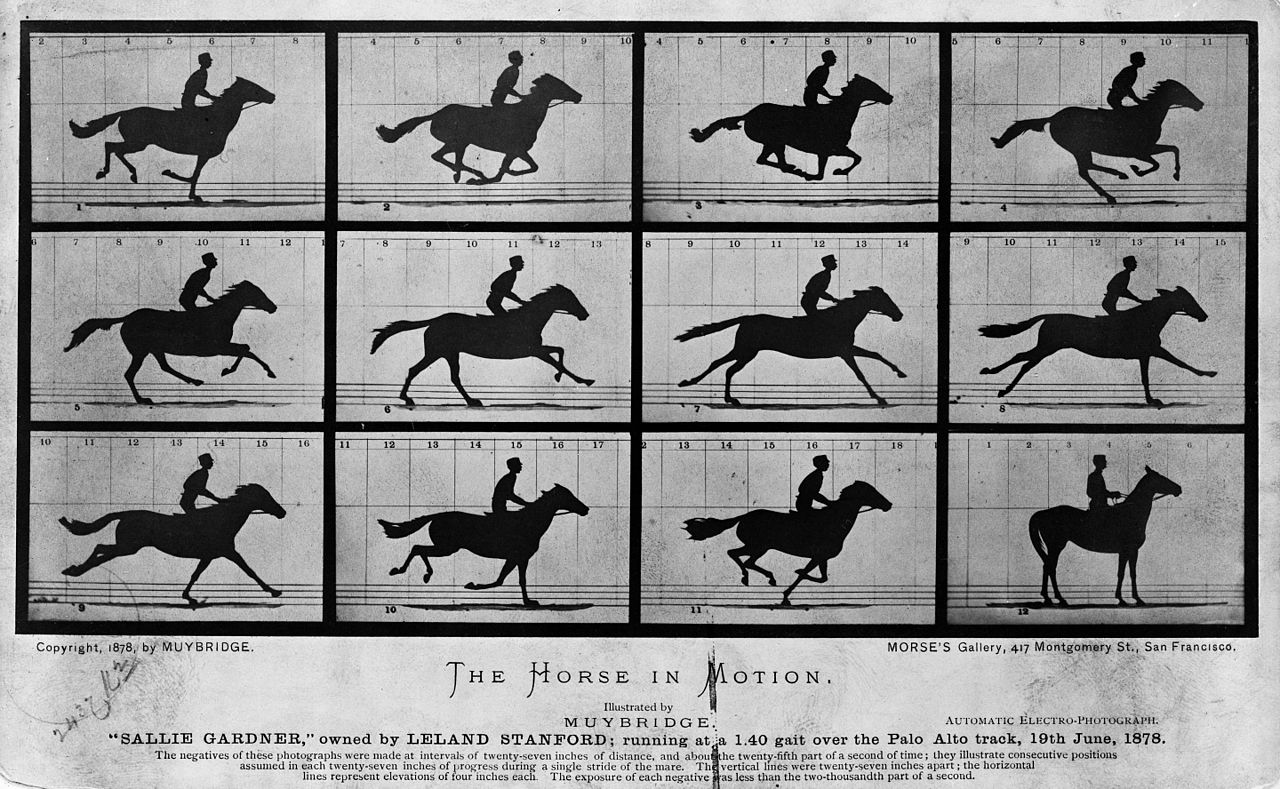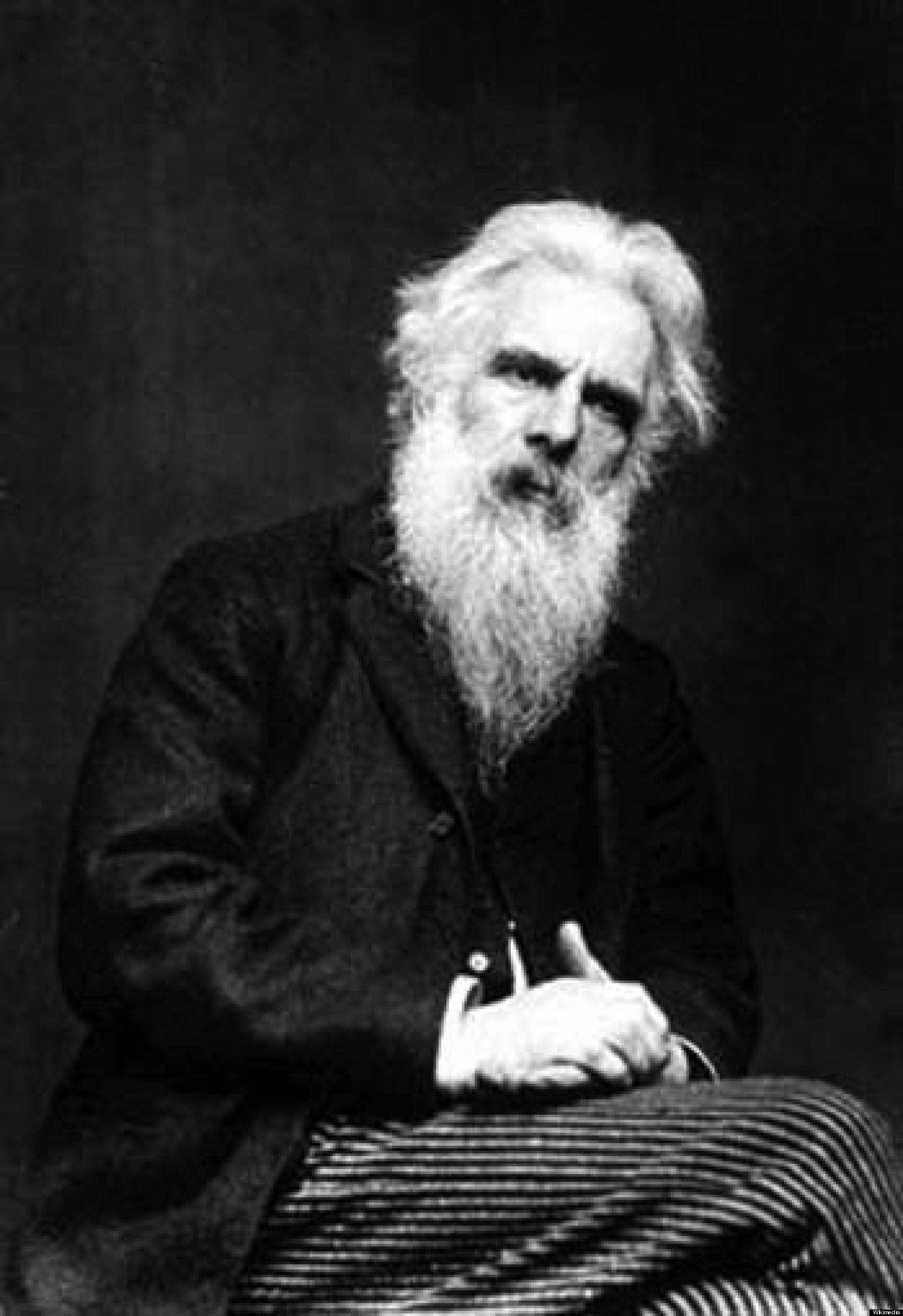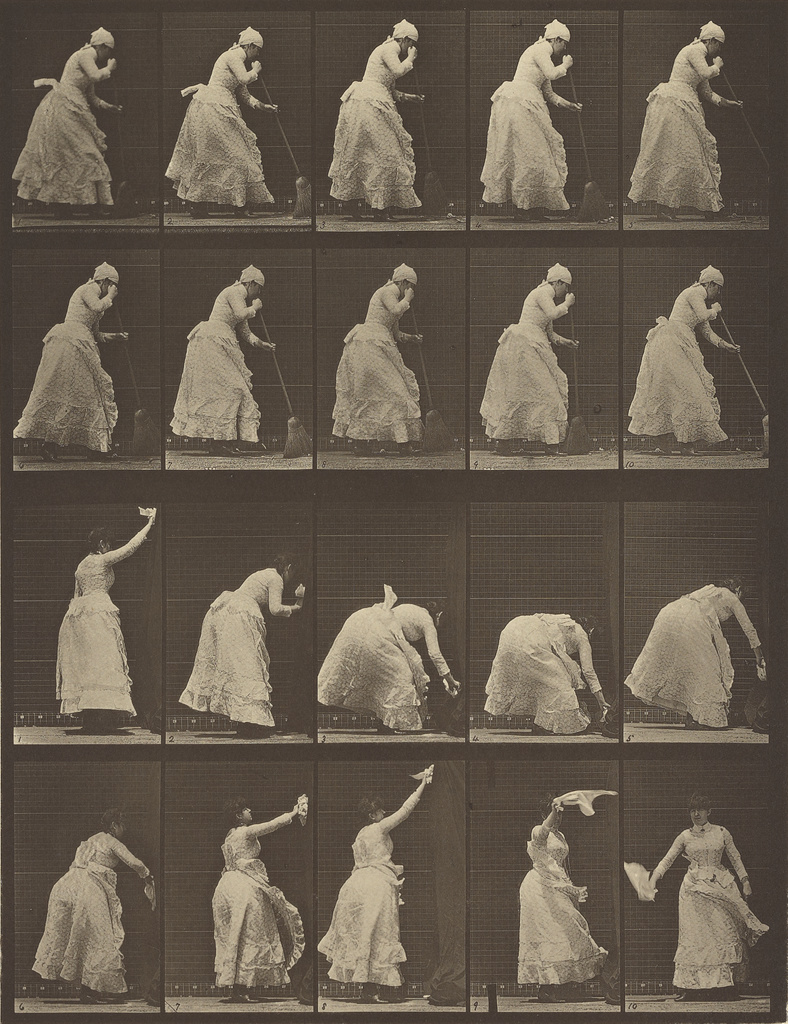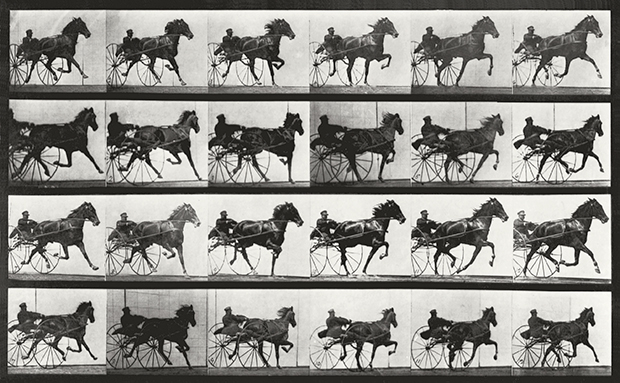
Was Eadweard Muybridge the first Silicon Valley pioneer?
On the anniversary of Horses Trotting, a brief look at how tech, cash and ambition first came together in Palo Alto
Silicon Valley does not have a strong a sense of geographical place as does say, Manhattan or Manchester. “From a strictly geographic point of view, ‘Silicon Valley’ refers to a featureless exurban landscape of mini-malls and mega-mansions bounded to the west by the scenic Highway 280 and to the east by the aging (and dreaded) Highway 101,” writes Stanford professor Barry M Katz in our book California: Designing Freedom.
The area’s rise owes much to the pioneering, technological spirit of its local university, Stanford; though the elemental appellation, ‘silicon’ hardly holds any more, since fewer of the designers, developers and firms are physically involved with the production of silicon semiconductor microprocessors. “In recent years, the gross materiality of wafers and disc drives has ceded pride of place to the invisible software engines that drive the new Internet economy,” writes Katz, “and ‘the Valley’ now encompasses the whole of the San Francisco Bay Area. It is a land of windsurfers and websurfers, of gated communities and homeless encampments, of congested post-industrial sprawl and uninhabited landscapes of primeval beauty.”

Yet, could the technological innovation of the Valley predate even the microchip’s invention? On this day, 15 June in 1878, the British-born photographer and motion-picture pioneer Eadweard Muybridge shot his famous series of horse pictures, proving to the satisfaction of his backer, the Californian industrialist, rail-road tycoon, horse breeder, politician and founder of Stanford University, Leland Stanford, that a trotting horse did indeed lift all four hooves from the ground.

Like today’s technological pioneers, Muybridge needed capital and cutting edge equipment. Stanford bankrolled the project, initially setting his budget at $2,000, though this was later to rise to $50,000, affording Muybridge the time and means to develop some of the most light-sensitive photographic materials of the time, order in the finest lenses, and create rigs of 12 triggered cameras, which Muybridge installed in Stanford’s Palo Alto stud farm, with the aid of Stanford’s own railway engineers.
Here’s how Ian Jeffrey takes up the story in The Photography Book. “As the horse moved forward, it broke taut threads which activated the shutters of twelve cameras placed 53cms (21ins) apart. The horse was travelling at 12.195ms (40 ft) per second in front of a segmented, numbered screen, and the exposures were taken in less than half a second.”

Representatives of the press were present, and news of Muybridge’s achievements soon crossed the globe drawing interest well beyond the equestrian sphere. In photographing the horse’s motion in close sequence, Muybridge had contributed an important innovation towards California’s great 20th export, motion pictures, yet in his work with Stanford, Muybridge had also laid down an early blueprint as to how money, technology and ambition would go on to achieve much more in this stretch of northern California.
Muybridge worked at Palo Alto between 1878 and 1880, photographing animals, then human beings in motion, and also experimenting with moving imagery; while Stanford’s stables - surely an early predecessor of the of the fabled start-up garage? - went on to become the grounds of Stanford University.
For more on the way Californian design and technology has changed our world order Californian: Designing Freedom; for more on photographic pioneers past and present get The Photography Book